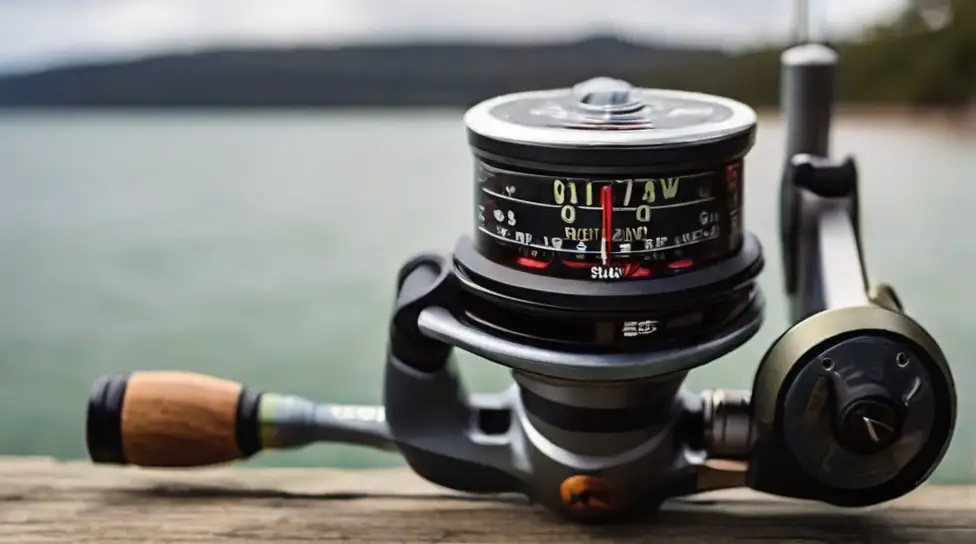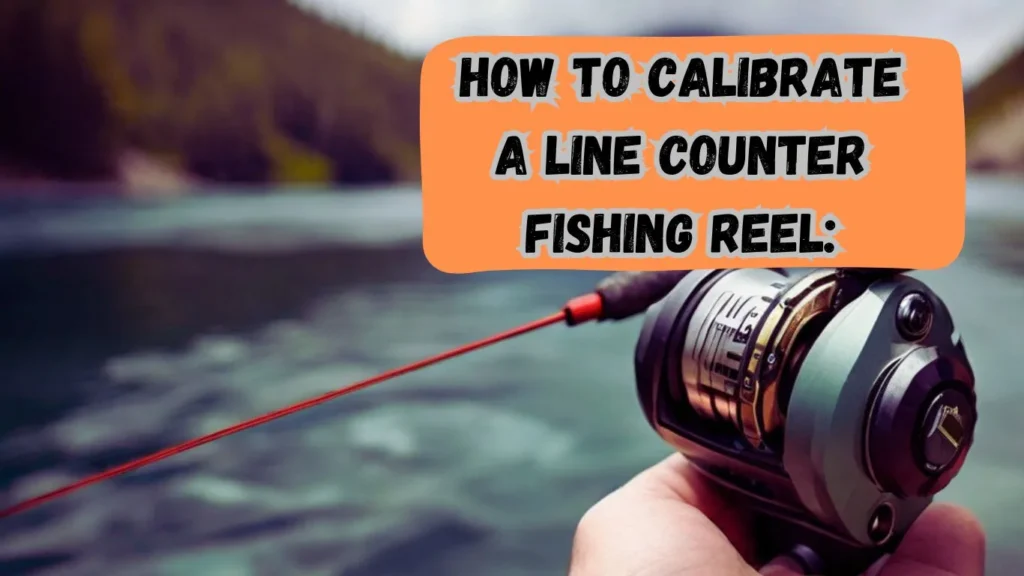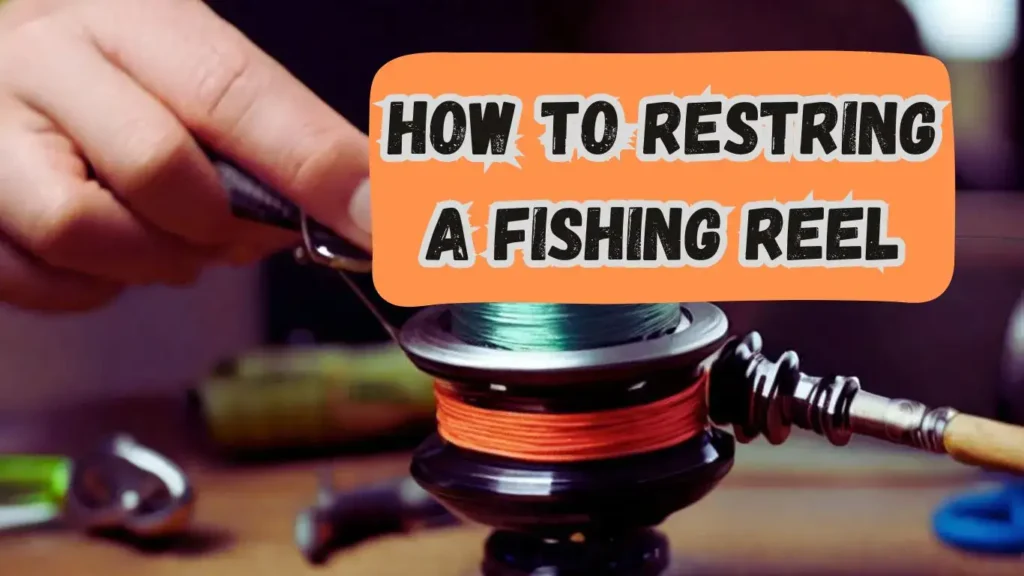Calibrating a line counter fishing reel is crucial for anglers who seek precision in their fishing endeavors. Whether you’re targeting specific depths or monitoring line usage, proper calibration ensures accurate readings, leading to more successful fishing trips. In this detailed guide, we’ll walk you through the step-by-step process of how to calibrate a line counter fishing reel like a seasoned pro. From understanding the basics to mastering advanced techniques, this article covers everything you need to know to optimize your fishing setup.
How to Calibrate a Line Counter Fishing Reel
Lets dive into steps to calibrate a line counter fishing reel, so lets get started:

Understanding Line Counter Fishing Reels
Before delving into calibration techniques, let’s familiarize ourselves with line counter fishing reels. These specialized reels feature a built-in line counter mechanism that tracks the amount of line released from the spool. This functionality is invaluable for trolling, downrigging, and other fishing techniques that require precise depth control. By accurately measuring line deployment, anglers can replicate successful setups and target specific underwater structures with ease.
Importance of Calibration
Calibration ensures that the line counter accurately reflects the amount of line deployed, allowing anglers to make informed decisions about lure depth, trolling speed, and presentation. Without proper calibration, anglers risk misjudging depths and missing out on potential catches. Whether you’re fishing in shallow streams or deep reservoirs, calibrating your line counter reel is essential for optimizing your fishing strategy and maximizing your chances of success.
Also Read: How to remove corrosion from fishing reel ( Guide )
The Calibration Process
Setting the Zero Point
To begin, set your line counter reel to its default position, often referred to as the “zero point.” This step establishes a baseline measurement from which all subsequent readings will be taken. Ensure that the line is properly spooled onto the reel and that there is no tension or resistance that could affect the accuracy of the zero point.
Measuring Line Output
Next, deploy a known length of fishing line from the reel, typically around 50 feet for standard calibration procedures. Use a measuring tape or marked line to confirm the exact length of line released. This step allows you to verify the accuracy of the line counter’s measurements and make any necessary adjustments.
Adjusting Calibration Settings
If discrepancies are observed between the actual line length and the counter’s readings, adjustments may be required. Most line counter reels feature calibration knobs or screws that allow anglers to fine-tune the device’s accuracy. Follow the manufacturer’s instructions to make precise adjustments until the counter’s readings align with the actual length of line deployed.
Verifying Accuracy
Once adjustments have been made, repeat the calibration process multiple times to ensure consistency and accuracy. Deploy varying lengths of line and compare the counter’s readings to the actual measurements. Fine-tune the calibration settings as needed until the line counter reliably reflects the true length of line deployed.
Tips for Optimal Performance
Regular Maintenance: Keep your line counter reel clean and well-lubricated to ensure smooth operation and accurate readings.
Test Before Fishing: Always verify the calibration of your line counter reel before heading out on a fishing trip to avoid surprises on the water.
Monitor Conditions: Be aware that environmental factors such as water temperature and line tension can affect calibration over time. Periodically check and recalibrate your reel as needed.
Also Read:
How many fishing rods per person in Missouri
How to cast a fishing rod with expert techniques
Common FAQs about Calibrating Line Counter Fishing Reels
How often should I calibrate my line counter reel?
Calibrating your line counter reel at the beginning of each fishing season is recommended, with additional checks throughout the year for frequent anglers.
Can I use any type of fishing line for calibration?
While most fishing lines can be used for calibration, it’s best to use the same line that you’ll be using during actual fishing trips for the most accurate results.
What should I do if my line counter readings are inconsistent?
If you’re experiencing inconsistent readings, check for any obstructions or damage to the line counter mechanism. Clean and lubricate the reel, and recalibrate if necessary.
Is calibration necessary for all types of fishing?
While calibration is particularly important for trolling and downrigging, anglers using other techniques may also benefit from the precision offered by a properly calibrated line counter reel.
Can I calibrate my line counter reel without special tools?
Yes, basic calibration can be performed using readily available tools such as measuring tape or marked fishing line. However, some advanced adjustments may require specialized tools or professional assistance.
How can I ensure the longevity of my line counter reel’s calibration?
Regular maintenance, careful handling, and proper storage are key to preserving the accuracy of your line counter reel’s calibration over time.
Conclusion
How to calibrate a line counter fishing reel: Mastering the art of calibrating a line counter fishing reel is essential for anglers who demand precision and reliability in their fishing endeavors. By following the steps outlined in this guide and staying vigilant about maintenance and calibration, you can optimize your fishing setup and increase your chances of success on the water. So, take the time to calibrate your reel properly, and watch as your angling skills reach new heights.




